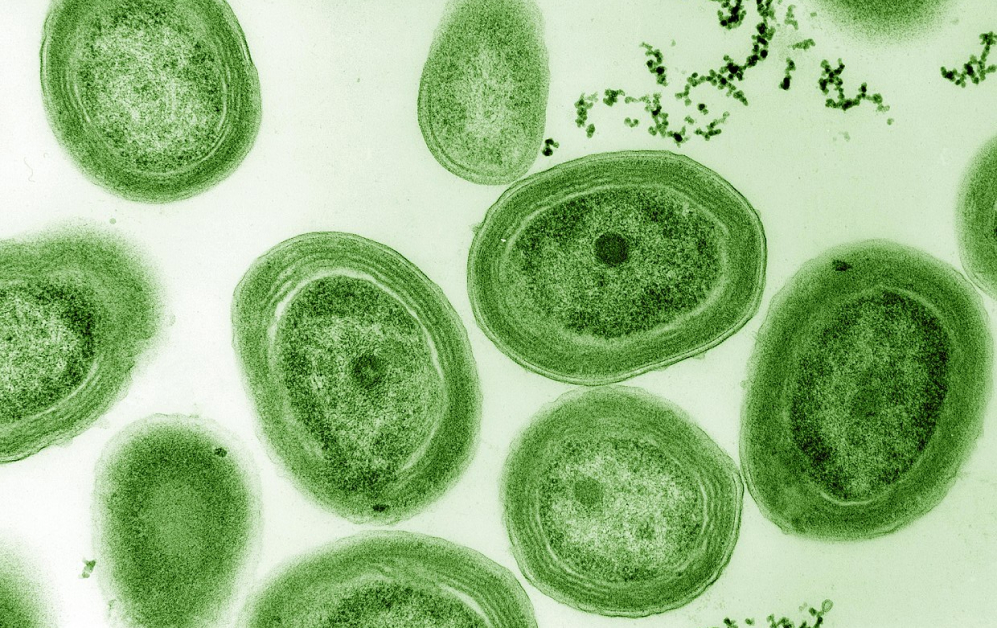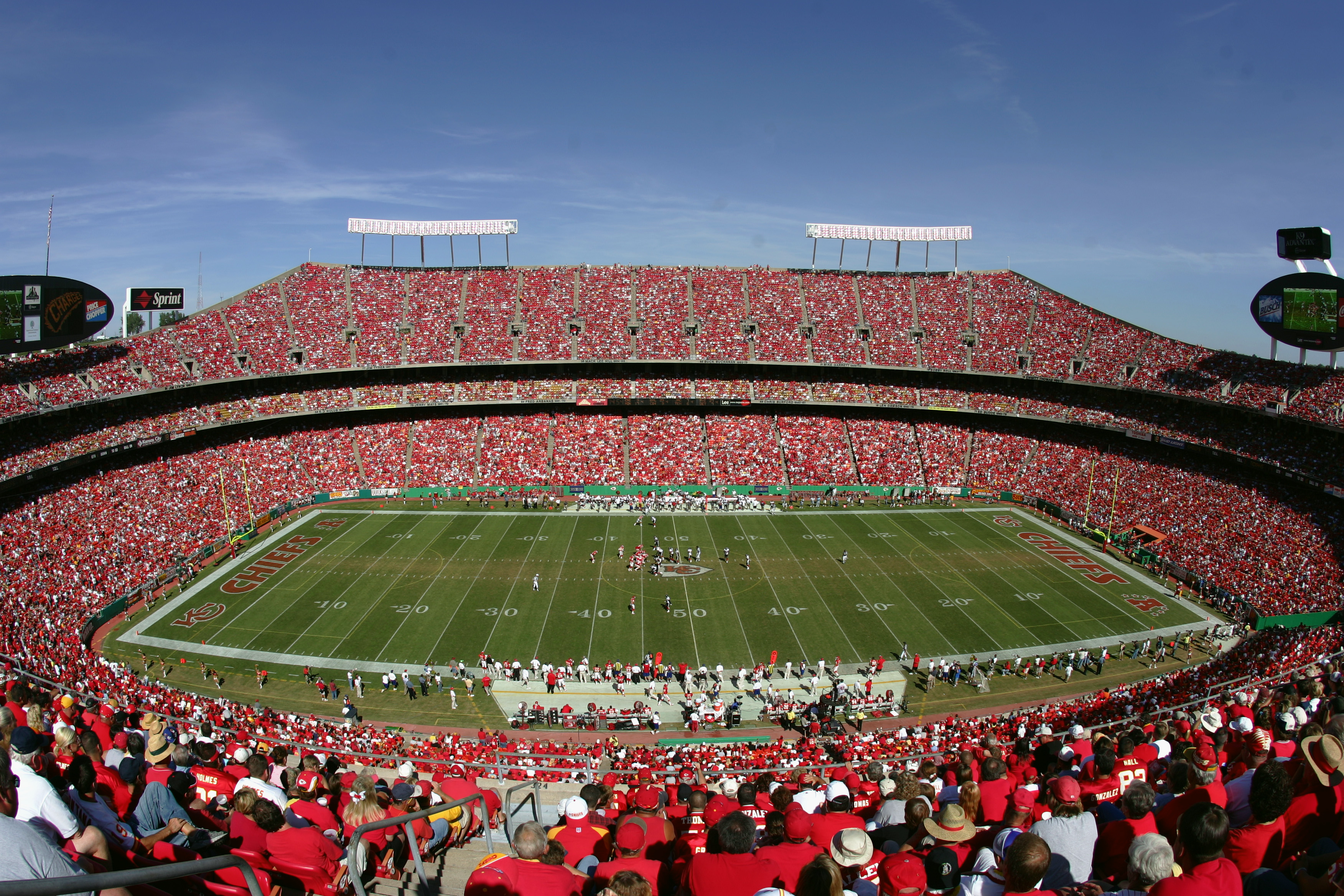Mastering the Seas on Exoskeleton Rafts: The Triumph of Ancestors of Prochlorococcus Microbes

New research from MIT suggests that carbon-capturing phytoplankton, including the Prochlorococcus microbe, colonised the ocean by rafting out on chitin particles. The team found that Prochlorococcus used chitin from ancient exoskeletons as rafts to migrate from coastal areas to open water. Collectively, Prochlorooccus and other photosynthetic plankton absorb almost as much carbon dioxide (CO2) from the atmosphere as terrestrial forests.
Despite their incredible photosynthetic abilities, Prochlorococcus wasn't always an open-water organism. Their ancestors likely lived near the coast, in communal microbial mats on the seafloor. To reach open water, MIT scientists believe the creatures evolved the ability to attach themselves to chitin -- the degraded particles of ancient exoskeletons. The microbes hitched a ride on passing flakes, eventually evolving to a point where they could survive as free-floating ocean dwellers.
The impact of photosynthetic organisms like Prochlorococcus on ocean and terrestrial ecosystems cannot be overstated, the researchers say. An inability to establish themselves in open water would have changed the Earth’s biosphere in significant and potentially catastrophic ways. The new research is published in the Proceedings of the National Academy of Sciences (PNAS).
In the lab, Capovilla introduced chitin particles into samples of low-light and high-light strains. She found that microbes containing the gene could degrade chitin, and of these, only low-light-adapted Prochlorococcus seemed to benefit from this breakdown, as they appeared to also grow faster as a result. The microbes could also stick to chitin flakes — a result that particularly interested Braakman, who studies the evolution of metabolic processes and the ways they have shaped the Earth’s ecology.
“People always ask me: How did these microbes colonize the early ocean?” he says. “And as Gio was doing these experiments, there was this ‘aha’ moment.”
Braakman wondered: Could this gene have been present in the ancestors of Prochlorococcus, in a way that allowed coastal microbes to attach to and feed on chitin, and ride the flakes out to sea?
To test this new “chitin raft” hypothesis, the team looked to Fournier, who specializes in tracing genes across species of microbes through history. In 2019, Fournier’s lab established an evolutionary tree for those microbes that exhibit the chitin-degrading gene. From this tree, they noticed a trend: Microbes start using chitin only after arthropods become abundant in a particular ecosystem.
For the chitin raft hypothesis to hold, the gene would have to be present in ancestors of Prochlorococcus soon after arthropods began to colonize marine environments.
The team looked to the fossil record and found that aquatic species of arthropods became abundant in the early Paleozoic, about half a billion years ago. According to Fournier’s evolutionary tree, that also happens to be around the time that the chitin-degrading gene appears in common ancestors of Prochlorococcus and Synecococchus.
“The timing is quite solid,” Fournier says. “Marine systems were becoming flooded with this new type of organic carbon in the form of chitin, just as genes for using this carbon spread across all different types of microbes. And the movement of these chitin particles suddenly opened up the opportunity for microbes to really make it out to the open ocean.”
The appearance of chitin may have been especially beneficial for microbes living in low-light conditions, such as along the coastal seafloor, where ancient picocyanobacteria are thought to have lived. To these microbes, chitin would have been a much-needed source of energy, as well as a way out of their communal, coastal niche.
Braakman says that once out at sea, the rafting microbes were sturdy enough to develop other ocean-dwelling adaptations. Millions of years later, the organisms were then ready to “take the plunge” and evolve into the free-floating, photosynthesizing Prochlorococcus that exist today.
“In the end, this is about ecosystems evolving together,” Braakman says. “With these chitin rafts, both arthropods and cyanobacteria were able to expand into the open ocean. Ultimately, this helped to seed the rise of modern marine ecosystems.”




